We all know that feeling – tossing and turning in bed, desperately searching for that elusive sweet spot, trying to get comfortable on your pillow. Believe it or not, your choice of pillow plays a significant role in determining the quality of your sleep. Whether you’re a back, side, or stomach sleeper, there’s a perfect pillow out there just waiting to cradle your head and whisk you away to dreamland. So, if you’re tired of waking up with a sore neck or constantly fluffing up your pillow, this comprehensive guide will help you find the pillow that will have you sleeping like a baby, night after night.
The Importance of a Best Pillow for Sleeping
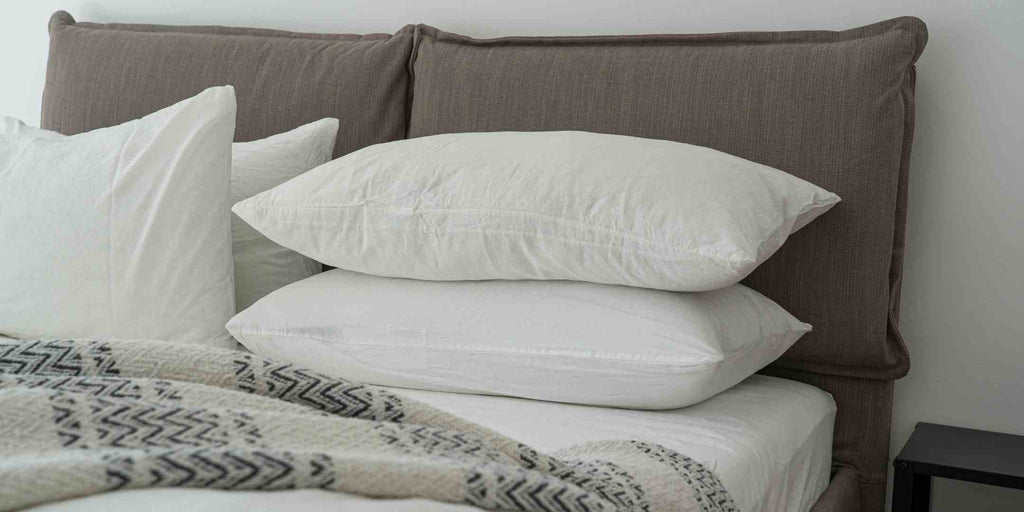
A good pillow is essential for a restful night's sleep because it provides support and comfort to maintain proper spinal alignment and alleviate pressure points. A well-chosen pillow can help prevent and alleviate neck pain, shoulder discomfort, and headaches, improving sleep quality and overall well-being. Additionally, it ensures you wake up refreshed, energised, and ready to face the day, highlighting the crucial role a good pillow plays in promoting physical and mental health and productivity.
The Impact of a Pillow on Sleep Quality

The impact of a pillow on sleep quality cannot be overstated, as it directly influences the body's position and comfort during rest. An ill-suited pillow can lead to poor spinal alignment, causing discomfort, pain, and sleep disruptions. For instance, side sleepers require different support than back sleepers, and individuals with specific medical conditions, such as sleep apnea or acid reflux, may need specialised pillows. Moreover, the materials and firmness of a pillow can affect temperature regulation and allergen exposure, further affecting sleep quality. Here's how to choose pillow for bed:
Understanding Your Sleep Needs
Different Sleep Positions

Back Sleepers: Back sleepers benefit from pillows that provide adequate support to the neck and head while maintaining the natural curvature of the spine. Medium-firm pillows with a moderate loft are generally recommended for this sleep position.
Side Sleepers: Side sleepers need pillows that help align the spine, reducing pressure on the neck and shoulders. A thicker, firm pillow that fills the space between the shoulder and head can provide the necessary support.
Stomach Sleepers: Stomach sleepers should aim to minimise strain on the neck and spine by choosing a thinner, softer pillow or even no pillow under the head. Placing a flat pillow under the stomach can help with alignment.
Personal Comfort Preferences

Softness vs. Firmness: Personal preferences for pillow firmness can vary widely. Some prefer a soft, plush pillow for a cloud-like feel, while others prefer firmer support. Finding the right balance is crucial to ensure comfort and proper spinal alignment.
Temperature Sensitivity: Cooling pillows with breathable materials or gel-infused foams can help regulate temperature and prevent overheating.
Allergies: Allergies to dust mites, pollen, or other allergens can disrupt sleep. Hypoallergenic pillows with allergen-resistant covers and fillings can reduce allergen exposure and promote better sleep for those with allergies.
Important Note: If you have specific sleep issues or medical conditions like sleep apnea, acid reflux, snoring, or allergies, it's essential to select a pillow that can address these concerns. Specialised pillows designed to alleviate symptoms or conditions may be available, and consulting with a healthcare professional can provide tailored recommendations.
Pros and Cons of Different Pillow Materials
Feather Pillows

Pros: Feather pillows are known for their softness and loft, offering a plush and luxurious feel. They are moldable, making them suitable for various sleep positions.
Cons: Feather pillows can flatten over time, requiring frequent fluffing. Some individuals may be allergic to feathers or develop sensitivities.
Down Pillows
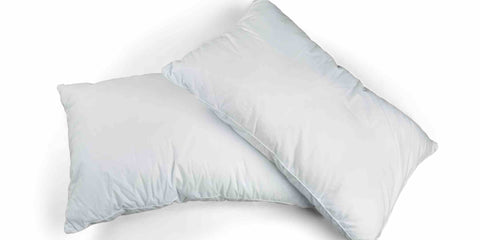
Pros: Down pillows are made from the soft undercoating of goose or duck feathers, providing excellent softness and insulation. They are lightweight and conform to the head and neck.
Cons: They tend to be expensive. Like feather pillows, they may flatten with use and provide insufficient support for some sleepers.
Synthetic Pillows

Pros: Synthetic pillows are hypoallergenic and typically more affordable than natural fill pillows, and they maintain loft and support better over time.
Cons: They may lack the plushness and breathability of natural fill pillows, and some may find them less comfortable.
Memory Foam Pillows

Pros: Memory foam pillows contour to the shape of the head and neck, providing excellent support and pressure relief. They are often recommended for individuals with neck or back pain.
Cons: They can retain heat, potentially causing discomfort for hot sleepers, so some people may find the initial firmness uncomfortable.
Latex Pillows
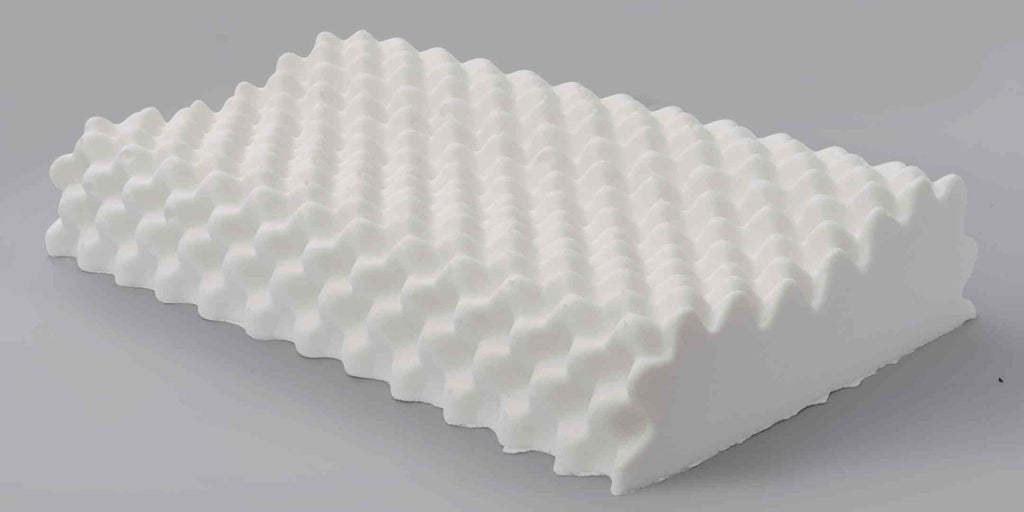
Pros: Latex pillows are naturally hypoallergenic and resistant to dust mites and mould. They offer a supportive and resilient surface that suits many sleepers, and they also have good breathability.
Cons: Latex pillows can also be relatively expensive, and they tend to be on the firmer side, which may not be suitable for everyone.
Water Pillows

Pros: Water pillows allow for adjustable firmness by adding or removing water, and they can provide excellent support and are suitable for various sleep positions.
Cons: They can be heavy and may require occasional maintenance to ensure the right water level, and leaks can be a concern.
Cooling Pillows
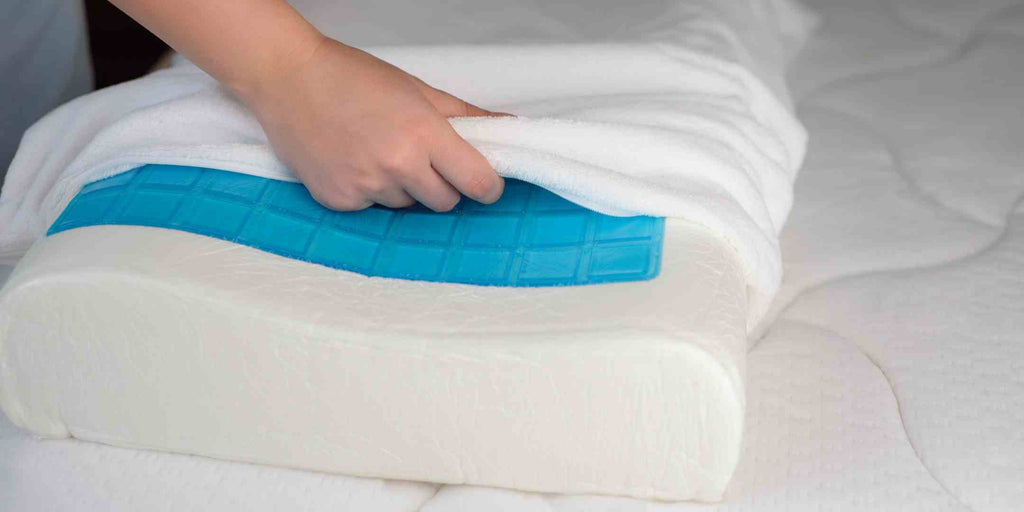
Pros: Cooling pillows use materials designed to dissipate heat, promoting a cooler sleeping environment, and they can be especially beneficial for hot sleepers.
Cons: Cooling pillows may not offer the same level of support as other pillow types, and the cooling effect can vary in effectiveness.
Different Pillow Sizes

Standard Pillow
This is the most common pillow size, typically 20 inches by 26 inches. It fits nicely on twin and full-size beds.
Queen Pillow
Slightly larger at 20 inches by 30 inches, queen pillows are popular for queen-size beds.
King Pillow
Measuring 20 inches by 36 inches, king pillows are the largest standard size and are suitable for king-size beds.
Custom Sizes
Some pillows come in non-standard sizes to fit speciality bedding or specific sleep needs, such as body pillows for extra support.
Determining the Right Loft (Height)
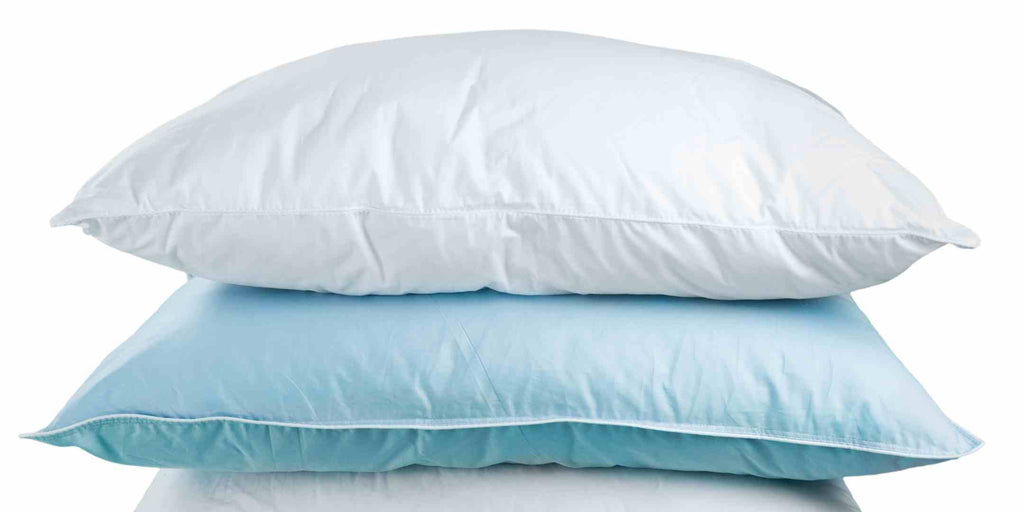
Low Loft
Low-loft pillows have a lower height and are suitable for stomach sleepers or individuals who prefer a flatter pillow to maintain proper neck alignment.
Medium Loft
Medium-loft pillows balance support and comfort, making them versatile for most sleep positions.
High Loft
High-loft pillows are thicker and are typically preferred by side sleepers or those who need extra support for proper spinal alignment.
Adjustable Loft
Some pillows have removable inserts or fillings, allowing you to customise the loft.
Why Proper Alignment of the Head, Neck, and Spine is Important?

Proper head, neck, and spine alignment are pivotal for a pain-free and refreshing sleep experience. When the pillow's loft doesn't match your sleep position, it can lead to discomfort, neck pain, or headaches. Back sleepers find medium-loft pillows ideal for preserving their neck's natural curve. Side sleepers often benefit from high-loft pillows to support the gap between the shoulder and head, reducing neck strain. Conversely, stomach sleepers should choose low-loft pillows or forgo one under their head to minimise neck and spine stress. Proper alignment enhances sleep quality and mitigates the risk of long-term issues such as chronic neck and back pain.
Best Pillow Singapore: Top Picks from Megafurniture
Now that we fully understand that the right pillow is essential for achieving restorative sleep and overall well-being, it's time to look for the best pillow replacement. If you're on the hunt of the best pillow, look no further than Megafurniture for a curated selection of premium pillows designed to enhance your sleep quality and comfort. Here are our top picks:
1. Dunlopillo Pillow
Crafted with the finest materials and cutting-edge technology, Dunlopillo pillows offer exceptional support and comfort. Choose from a variety of styles, including memory foam, latex, and microfiber, tailored to your specific sleep needs.
2. Somnuz Pillow
Discover the ultimate in sleep sophistication with Somnuz pillows, crafted to perfection for the discerning sleeper. Engineered with advanced ergonomic design and premium materials, Somnuz pillow provide optimal support and pressure relief.
3. Best Pillow for Neck Pain Singapore: Megafurniture's Neck Pillow Selection
Say goodbye to neck pain and discomfort with Megafurniture's selection of best pillow for neck pain. Designed to cradle and support the dedicate curves of your neck and spine, our neck pillows provide targeted relief and relaxation.
Conclusion
Selecting the right pillow is essential for a comfortable and restful sleep. Considering the factors mentioned in this article, you can make an informed choice that enhances your sleep quality and overall well-being. Also, remember that a well-chosen pillow provides physical comfort and contributes to your mental and emotional health, making it a decision worth careful consideration.
Disclaimer: All the information, including the texts, images, and other materials on this website, is for educational purposes only. While we aim to provide accurate information, nothing on the Megafurniture website should be considered a replacement for medical advice, diagnosis, or treatment. Always consult a qualified medical professional before making any decisions regarding your health.








